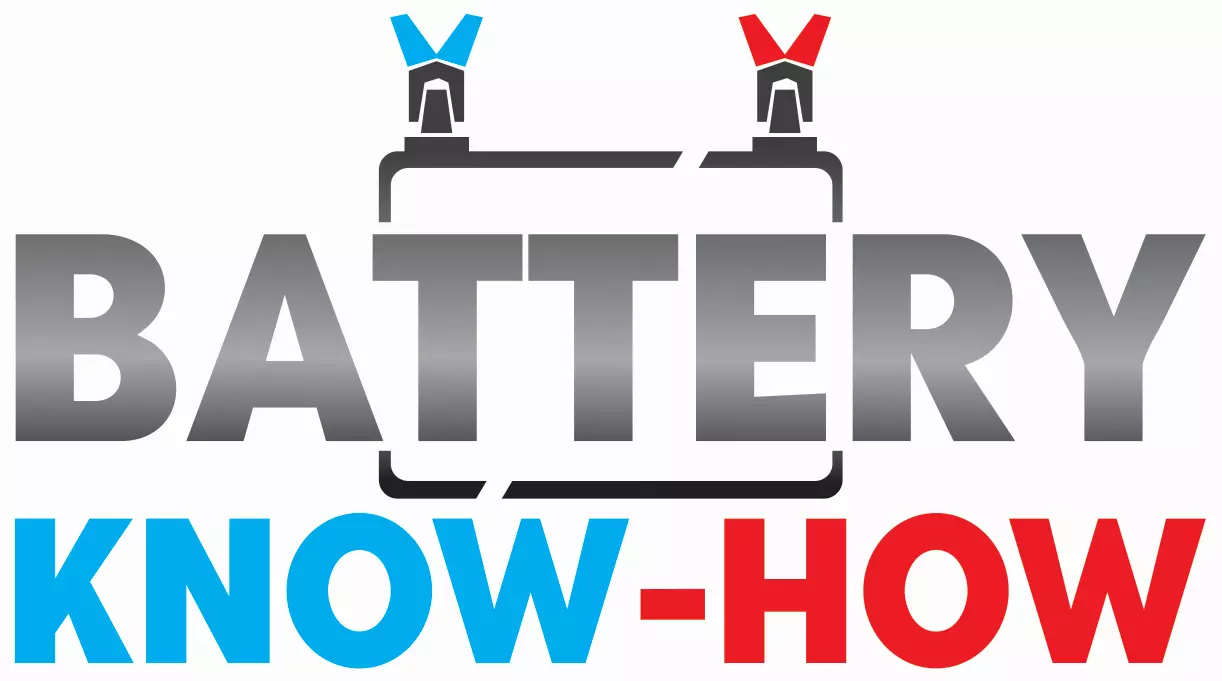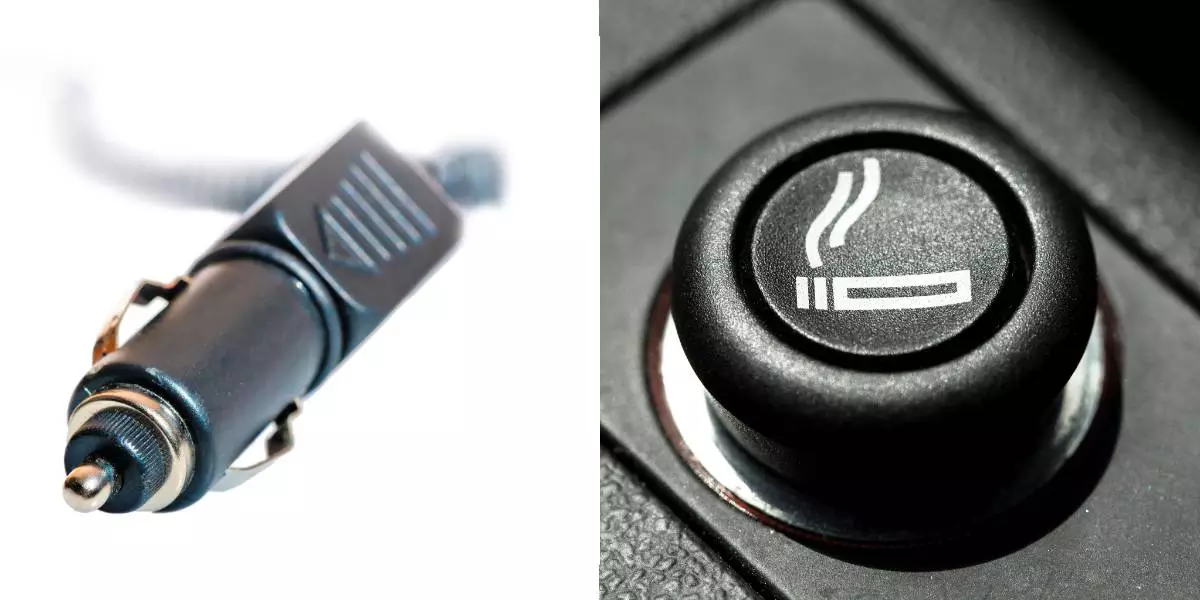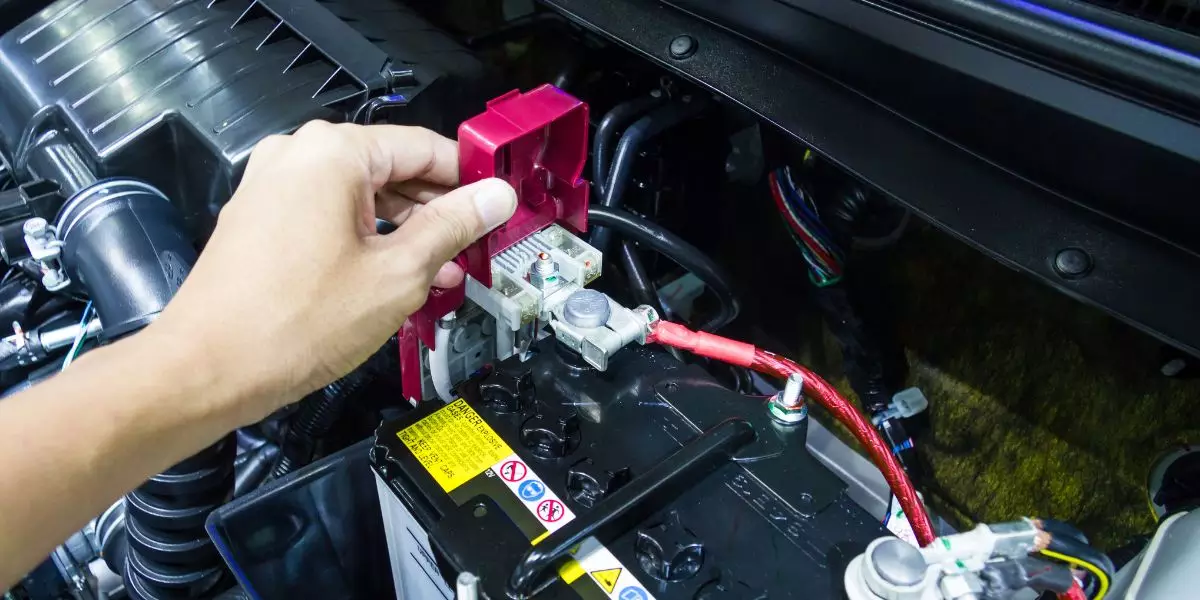Honda is one of the leading names in recreational generators. That’s why plenty of RV users prefer to bring them along on their travels, especially when there’s no access to shore power. But if you’re boondocking and need to recharge your batteries with that generator, how do you do it?
Recharging your RV batteries with a Honda generator is very straightforward. First, start the generator somewhere safe, at least 3 feet away from your RV. Then, give it a few minutes to warm up before connecting it to your RV’s power system. Your batteries will need a few hours to recharge. You can speed it up by shutting off any electrical appliances you don’t need.
This guide will show you everything you need to know about recharging your RV batteries with a Honda generator. We’ll start with some safety precautions before showing you the three easy steps to get your batteries back to full.
Let’s get started!
Safety Precautions
Establishing a few ground rules before is crucial when you hook your Honda generator up to your RV. These rules will serve as precautions to protect you, your other RV occupants, the RV, and the Honda generator itself.
Here are 5 safety precautions to take when charging your RV batteries with a Honda generator:
- Place On Firm Ground: First and foremost, place your Honda generator on a firm and flat surface. This step will remove any risk of the generator falling over while running.
- Keep It 3 Feet Away: Honda generators are efficient machines, but they still produce some emissions. So, keep the generator outdoors and at least 3 feet away from any windows or openings. That way, those harmful gasses won’t enter the RV.
- Read The Manual: Don’t take the user manual for granted! Honda includes critical information and safety tips in that document. Not only is the manual important for safety, but it also helps you maintain that generator to extend its lifespan.
- Emergency Stops: You must know how to shut down your Honda generator at short notice during emergencies. Even better, all your RV occupants must also know how to do that.
- Check All Connections: Check all electrical connections before you start your generator. That means inspecting every inch of your cables to look for visible signs of damage. If you find any, replace your cables as soon as possible.
Bonus Tip: Fill ‘Er Up!
Always keep your Honda generator fuel tank filled to its maximum capacity before your trip. Remember: you’ll likely need to run the generator for several hours to charge your RV batteries. So, keeping its tank fuel reduces the need to stop mid-charge and refuel the generator.
With a full tank, you’ll have uninterrupted use of the generator until your batteries are fully charged again!
How To Charge RV Batteries With A Honda Generator
Honda generators are excellent when it comes to user-friendliness. That’s especially true if you own one of their recreational generators designed with RV users in mind.
As a result, there aren’t too many steps to go through when using them to charge your RV batteries. Those steps are:
Step 1: Start The Generator
Each Honda generator model might have some slight differences in starting them. So, it’s best to refer to the user manual for your particular model.
Still, you can start most Honda generators following these steps:
- Firstly, turn off the Eco Throttle switch if your model has one.
- Next, turn the choke to the closed position.
- Then, switch the dial to the ‘ON’ position, sometimes referred to as the ‘closed’ position. (that can seem confusing at first, but don’t worry. A choke that’s on is closed).
- After that, pull the starter rope until the engine starts.
- When the engine runs, switch the choke back to the ‘OFF’ position, sometimes referred to as the ‘open’ position.
Depending on your generator, you might have to pull that rope more than once to get it going. But once the engine is on, move to Step 2 below.
Step 2: Warm-Up
Your Honda generator functions like the engine in your car. So, it’s an excellent idea to let it idle for a few minutes to warm up and circulate its fuels and fluids before you plug it into your RV.
You should do this for at least a few minutes, especially if you’re using it in a cold climate.
Step 3: Plug The RV Power Cord
Once you’re confident that your generator is warmed-up, you can then plug the RV’s power cord into the generator.
This is the same process you’d use if you were connecting to shore power. The only difference, of course, is that you’re connecting to a generator where shore power isn’t available.
Suppose your RV plug doesn’t fit your Honda generator’s built-in sockets. If that’s the case, you’ll need to use the correct adapter to connect the two together.
Step 4: Double-Check Everything
When you connect your Honda generator to your RV’s electrical power system, the power it generates will recharge your RV’s batteries.
However, you must double-check all of the crucial parts of the system to ensure power reaches those batteries.
So, double-check the following:
- Circuit breakers and fuses – check that your circuit breakers are switched on and that all fuses are working correctly.
- AC to DC converter – Check that your onboard converter is working. That converter ensures that the generator’s alternating current (AC) power is converted to direct current (DC) power for your batteries.
When those components are in good working order, you can rest assured that the power created by your Honda generator is reaching those RV batteries.
Bonus Tip: Shut Everything Off
If your top priority is to recharge your RV batteries, it’s best to shut as many things off in the RV as possible. After all, you don’t want your RV batteries to compete with other appliances for the electricity it needs.
How Long Does It Take To Charge RV Batteries Using A Honda Generator?
You will need to run your Honda generator for at least a few hours to recharge your RV batteries. The exact time will depend on how much charge your batteries require.
If your batteries are severely depleted, it could take 10 hours or more to recharge them.
How To Troubleshoot Honda Generator Not Charging RV Batteries
Let’s suppose you find that your RV batteries aren’t recharging even though your Honda generator is in good working order.
If that’s the case, that means there’s a problem somewhere in your RV’s electrical system.
Here’s a checklist of items you must troubleshoot to fix this problem:
- Circuit breakers: Circuit breakers protect your RV from electrical failures. Sometimes, they might trip and shut off specific parts of the system. Check for any tripped breakers and turn them back on.
- Fuses: Fuses are sacrificial devices that protect your RV from faults like electrical surges. When a fuse is blown, you must replace it with a new one.
- Battery disconnect: Some RVs also have a battery disconnect switch that shut off the battery when it’s not in use. Check that yours is in the correct setting to ensure that electricity can flow to recharge those batteries.
- Converter:The Honda generator produces AC power, but your batteries require DC power. There’s a converter that changes that AC power to DC somewhere along the way. If your converter isn’t working, your batteries won’t charge.
- The batteries themselves: Last but not least, check the state of your RV batteries. How old are they? Are they still in good working condition? RV batteries can also fail, especially if you’ve discharged them too much. The same also happens with old batteries that can no longer hold an electrical charge.
Remember: working with electrical systems, even those in your RV, can be pretty risky. So, if you’re not sure what you’re doing, don’t hesitate to call a professional. They’ll be able to troubleshoot the whole system and ensure that you can charge your RV batteries with your Honda generator.
Frequently Asked Questions (FAQs)
Here are some other frequently asked questions (FAQs) about using Honda generators to recharge RV batteries.
How Far Should A Generator Be From The RV?
Your Honda generator should be at least 3 feet or more away from the RV, especially its windows and other openings. That way, most, if not all, of the harmful emissions from the generator will not find their way into the RV.
Is It Safe To Sleep In An RV With The Generator Running?
No, you should never sleep in your RV with the generator running.
Firstly, that can be a health hazard if carbon monoxide from the generator was to find its way into the RV. Carbon monoxide is poisonous and can harm you and other RV occupants.
Secondly, at least one person must be awake to monitor the generator in case it fails or needs to be turned off quickly in an emergency.
How Do I Keep My RV Generator From Being Stolen?
The best way to prevent your Honda generator from being stolen is to secure it to something heavy, like a tree. You can invest in a cable security device for this purpose, or a good old-fashioned chain and padlock could do the trick.
Remember: no matter what, always make sure your generator is kept at least 3 feet away from your RV’s windows and other openings.




